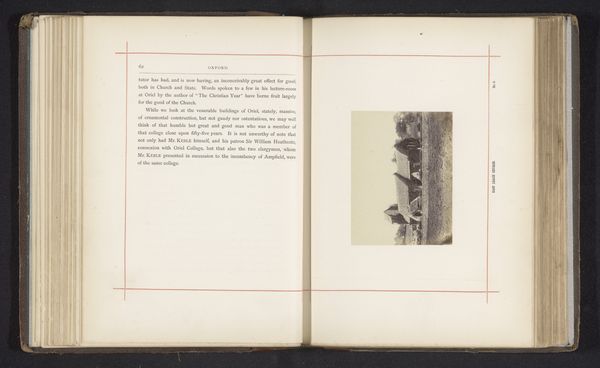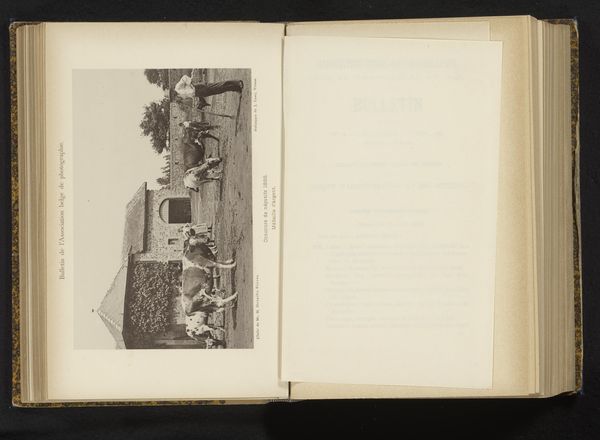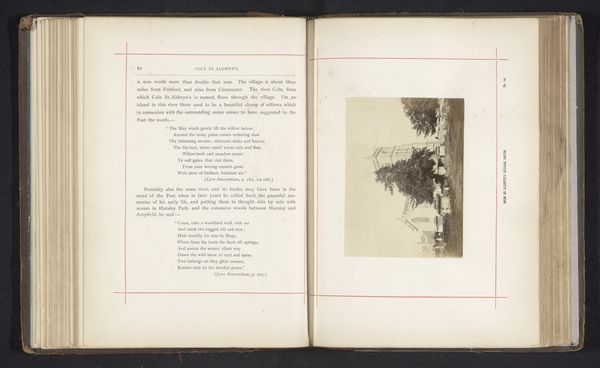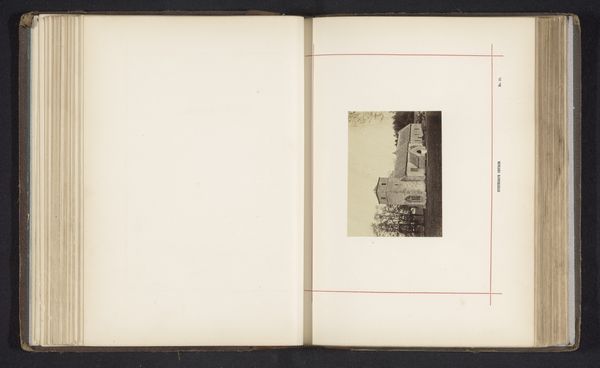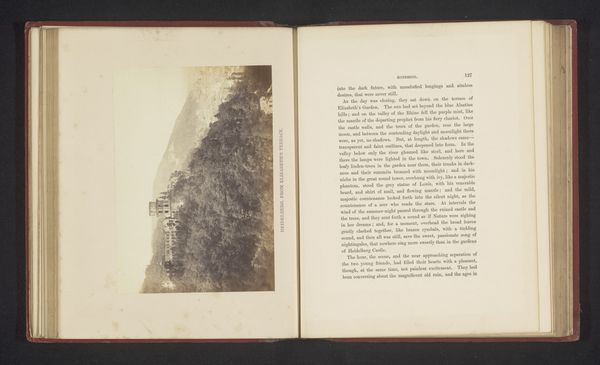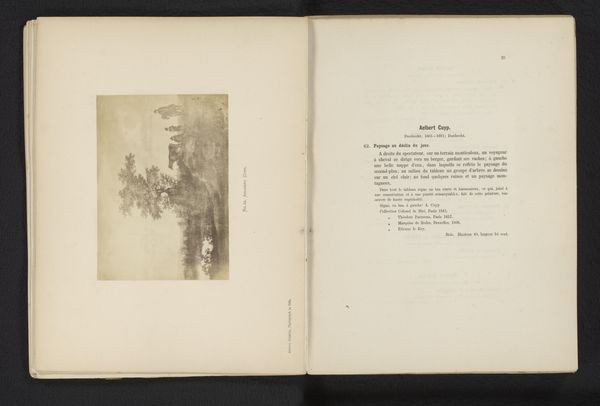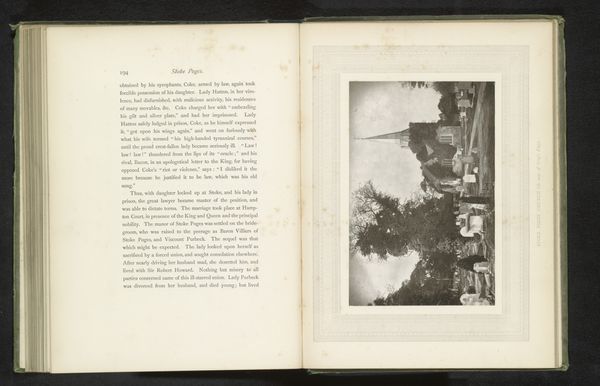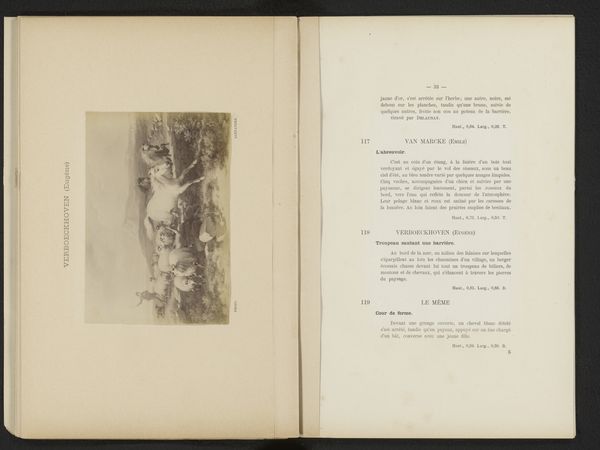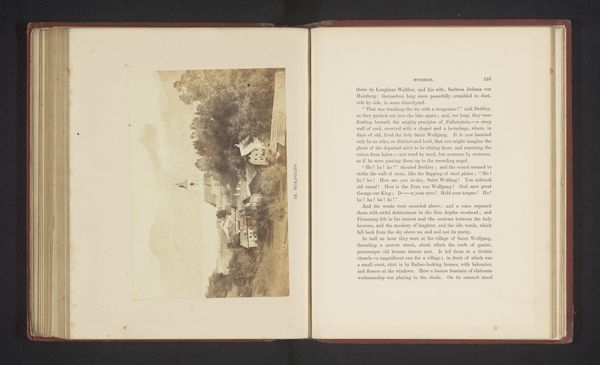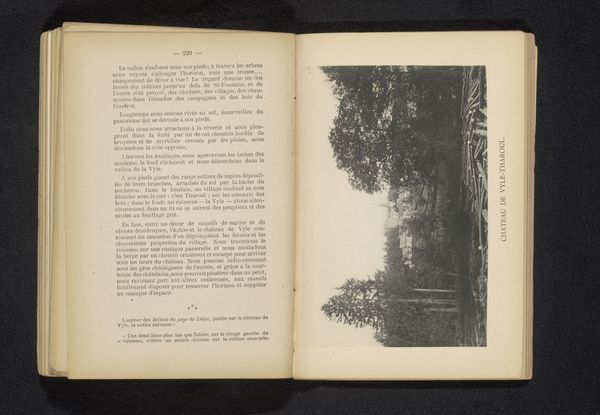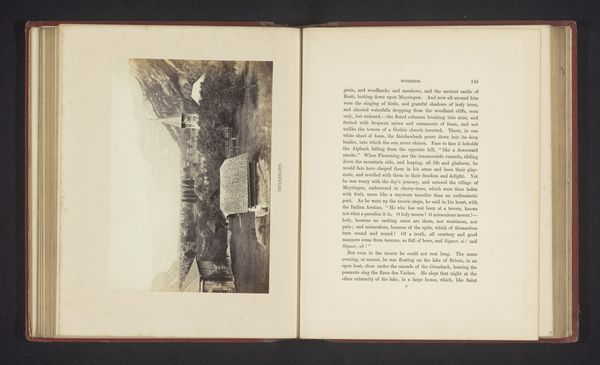
print, photography
# print
#
landscape
#
photography
#
academic-art
Dimensions: height 79 mm, width 104 mm
Copyright: Rijks Museum: Open Domain
William Savage made this delicate print of Saint Peter's Church, Southrop, during the late 18th or early 19th century, using a method called aquatint. Aquatint is an etching process that allows for varied tones, rather than just lines. The plate is exposed to acid through a porous ground of resin or sugar. This creates a granular surface that, when inked, prints as a field of tone. Savage, a skilled practitioner of this technique, likely used a copper plate, meticulously layering tones to create a sense of depth and light in the image. The appeal of aquatint lay in its capacity to mimic the appearance of watercolor washes, a popular medium for landscape painting at the time. By embracing this printmaking technique, Savage democratized the aesthetic of the picturesque, making these images more accessible to a wider audience, at a time when the labor of creating art was changing due to industrialization. Recognizing the interplay of materials, methods, and cultural context is key to understanding the full story of this unassuming artwork.
Comments
No comments
Be the first to comment and join the conversation on the ultimate creative platform.
